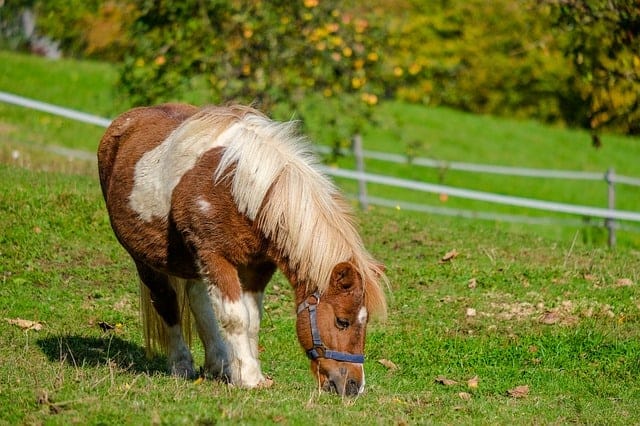In many cases, you will find horses hovering on their own, either neglected or, the worst, abused by people who stopped caring for them. Some of these ponies’ may be suffering from diseases, old age, or disabilities, while others get disposed of by their owners for no apparent reason. Whatever the case, rehoming a horse is a good thing and should be handled with care until it gets comfortable with the new home. You can rehome a horse by adopting it, rescuing it, or even buying it to achieve some benefits. Here are some expert tips to use when rehoming a pony.
1. Learn about the Pony before bringing it home
There are multiple things you may want to know about the pony before taking it into your home. Some of these things include their health status, training, and other interactions with the previous owners to help settle them in your home. If you are rescuing the pony, you might not find the medical history while getting the same in adoption and buying it. Ensure you have a vet in attendance to check the pony and give their opinion and steps to be taken before bringing the pet home. A vet will also give you the animal’s health certificate and a license when moving it from a distant area to a new home.
2. Prepare to cater for its expenses
Experts recommend setting an adequate budget for your pony upkeep and maintenance. You have to note that the expenses might be higher than the purchase price and that you should set a substantial amount required for its feeds, supplements, veterinary services, and other miscellaneous expenses. Food and supplements for horses must be balanced and must contain balanced ingredients to ensure they adapt quickly to their new environment. You have to do the veterinary services before bringing the pet home while the maintenance is an ongoing thing. It would be best never to rehome a horse when you can’t care for it since it will bring inconveniences to your home and the animal. Although the financial part might be difficult for many, you can get training and seek professional advice on cutting down the overall costs.
3. Prepare yourself for Behavioral and Training Challenges

If rehoming a neglected horse, the chances are that they may have stayed for long without being taken care of and that their behaviors have changed a bit. Adopting or purchasing one isn’t an exemption either, since it’s not easy to adapt to the new environment and new settings. You should never make assumptions that your horse will follow every instruction you give and that they will be friendly. You will have to do the testing part before carrying other duties, such as using them for horse riding. What are these activities? The testing activities might include: tying him fast, pretending to tie, or practicing riding on them. Ensure you do these processes carefully to prevent injuries if they have a negative reaction to the situation. If possible, let a professional horse handler conduct these tests.
4. Plan to Quarantine
Are you increasing your herd by rehoming a pony? If you have other horses in your compound, don’t bring the new visitor straight into others. Even though a vet will check them, it’s better to create a separate shed as you observe its situation. You should also use different equipment and devices for the new horse and try to change your gloves and other clothing before attending to other horses after attending to the pony. This process might take three to six months, depending on the situation. Ensure they become friends, too, with the other horses before locking them in the same shade.
5. Adapting to a new environment may not be an easy task
Rehoming a new horse can have more challenges than just expenses. Maybe the pony was never kept in a shed or has never been vaccinated or restrained using a yoke. Some might not have stepped into a pasture and other enclosed areas. Since the relocation might not be a walk in the park, it’s important to do it systematically until the horse feels comfortable and relaxed in the new environment. Most horses do escape on the first day in a new home. Ensure the area is secured, hazardous free, and contains comfortable structures, including the gates and doors to avoid injuries when the pet gets too excited.
Rehoming a horse isn’t an easy task and not for the faint-hearted. Other than having a considerable budget, there are many things included, as listed above. Ensure you have prepared everything to avoid inconveniences and to make the pet comfortable in its new home. We hope these tips from experts will help you carry the rehoming process efficiently.
